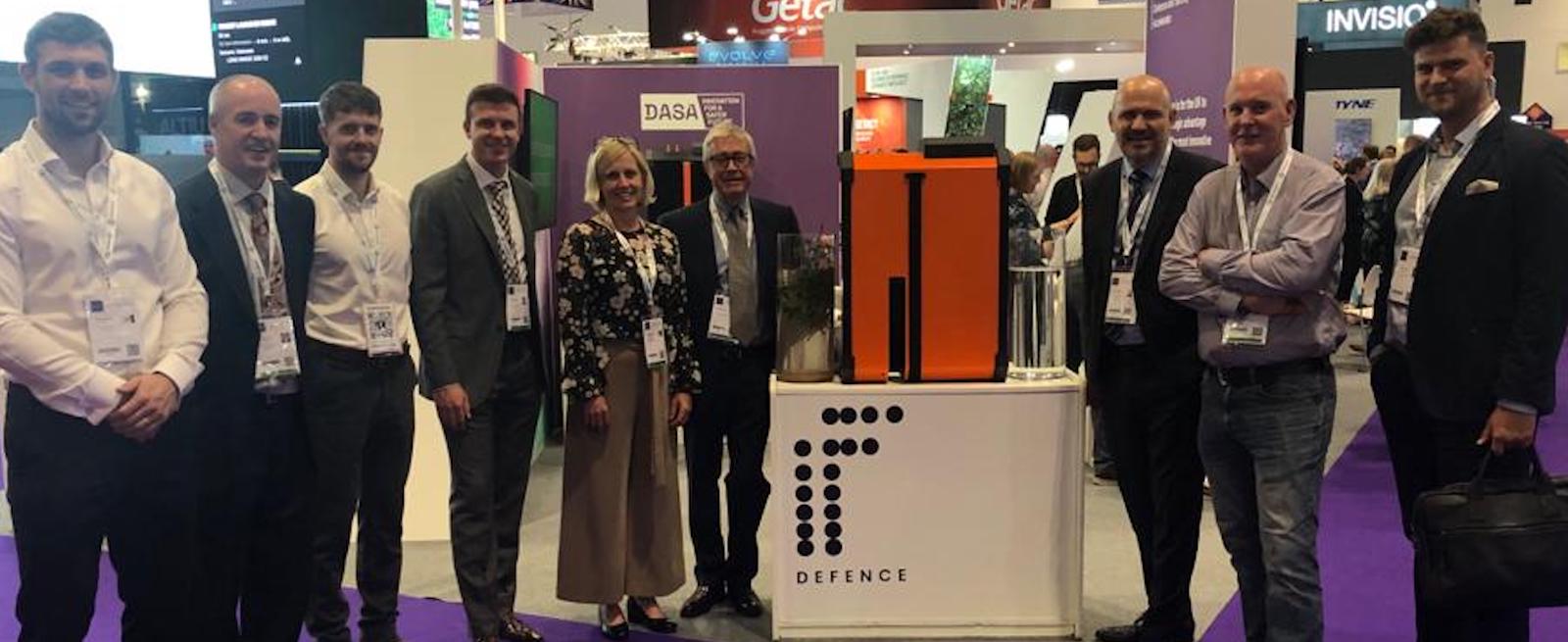
What’s in Tap Water?
by Sonya Mathews April 22, 2021 1 min read
Before it reaches the pipes in our houses, good old H2O goes through a battery of purification and decontamination processes. Water travels through many pipes and undergoes multiple different stages of treatment before being stored in reservoirs. Then it travels through further pipes that lead to the final destination: the tap, the bathtub, the hose, etc.
All of this works out to many different places that contaminants can get into the water. To account for this, increasing levels of disinfection are required to treat the water and ensure it is safe for use. More contaminants mean more decontaminants: some to remove undesired elements and others to prevent them from getting in..
Thus, by the time the water gets to its destination it is safe to drink but is still full of many different substances. Tap water is extensively treated to achieve what is called “an acceptable level of impurities”. This level depends on the eventual use of the water, and the quality of the source water.
An example of these impurities would be what is known as disinfection byproducts, or DBPs. These are substances that form in water during a reaction between a disinfectant and naturally present organic matter. They are not toxic, but they are also not substances that we want to be drinking.
Tap water is safe, but it is not perfect - and it is definitely not pure.
As cities get larger and residents live further away from water treatment facilities, the need for increased levels of decontamination will rise. Radical change is required to ensure the quality of delivered water and to safeguard the natural environment.
Get more out of IF
Join our mailing list to learn more about our innovative technology, be the first in line to experience its benefits, and join a community of people who want better water and better health.




